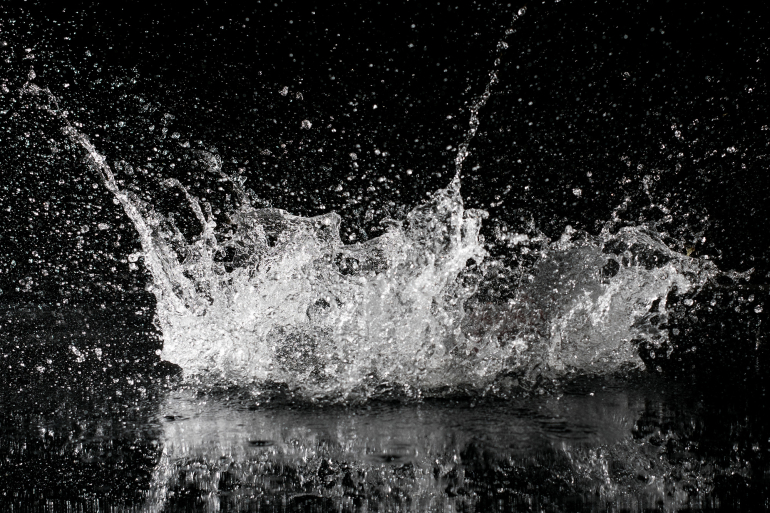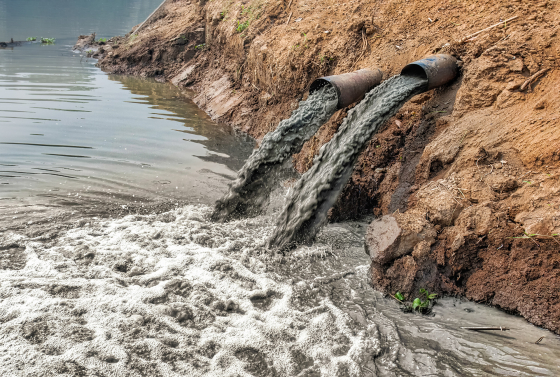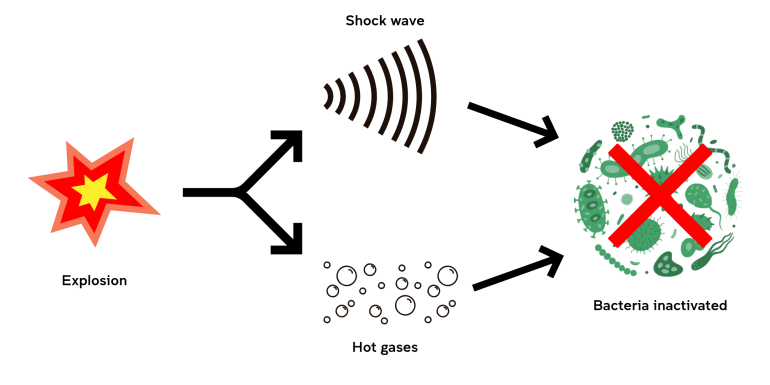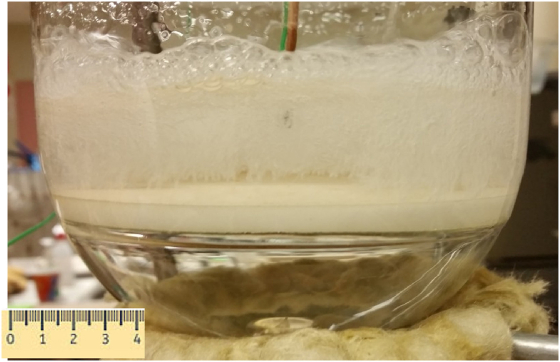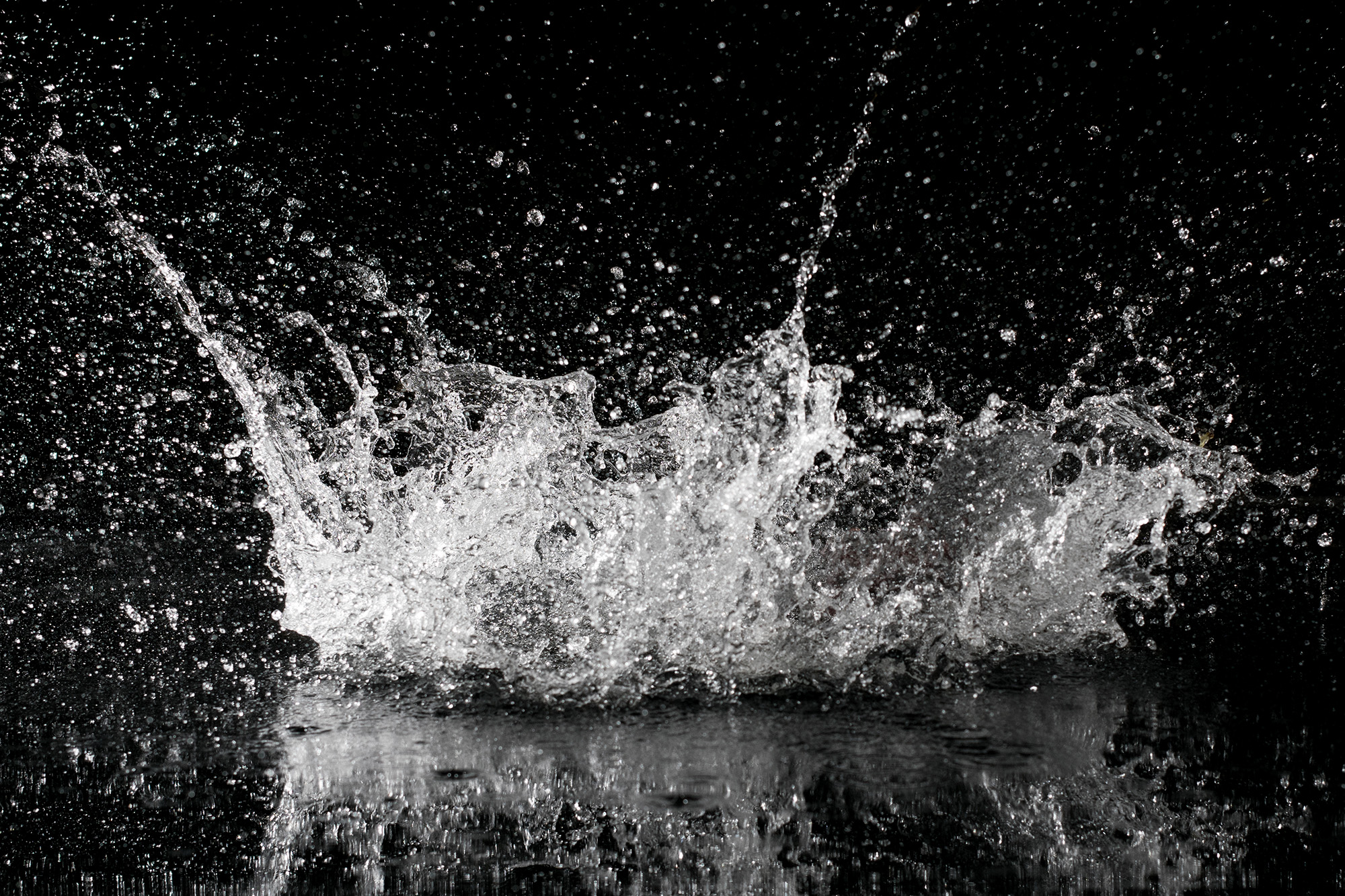
Researchers at UNSW Canberra have developed a revolutionary new method to make contaminated water safe for drinking – by using mini underwater explosions to destroy disease-causing microorganisms.
The research found that explosives create shock waves and hot bubbles that induce the inactivation of E.coli in water, effectively destroying the microorganisms to make the water safe for use.
In the past, using chemicals like chlorine and ozone, UV radiation, filters and heat (boiling water) have been the primary methods for sterilising water and making it safe for human consumption.
The research was conducted by a team at UNSW Canberra including Dr Adrian Garrido Sanchis, Professor Paul Hazell and Dr Hongxu Wang, with the outcomes published in the Journal of Water Resources and Industry.
While there are many novel uses of explosives, including extinguishing fires, ‘blasting bugs’ out of water is a unique alternative when it comes to water sterilisation.
Why is water sterilisation important?
Water sterilisation is the process of removing or inactivating microorganisms from water, which can be achieved through heat, chemicals, or radiation. It is a process that allows humans to use water without getting sick from pathogens that may be present.
You may see small scale water purification in everyday life in the form of boiling water, filters, and disinfectant treatments like chlorine.
Water treatment also works on a larger scale. In Australia, 94% of the population are connected to a main water supply which is treated so that it is safe to use for drinking.
However, not all people worldwide have access to safe drinking water. According to a 2022 report by the United Nations (UN) World Health Organisation (WHO), at least 2 billion people globally use contaminated drinking water.
“Imagine you are in a remote area or a conflict area where you have a pond of water that is not safe to use and no access to normal water treatment technologies,” Dr Sanchis said.
This is where explosives can make a big impact.
The role of explosives in water sterilisation
When an explosive is detonated in water, two conditions are created: firstly, a shock wave is formed, and secondly, heat and expanding gasses are released.
Without any detonation of explosives, the researchers reproduced a shock wave by using a light gas gun. Subsequently, to simulate heat and gases formed after an explosion, a bubble column was heated and filled with different hot gases.
The researchers found that the shock wave alone did not destroy E.coli in the water. However, they found that “the collision between E.coli and the hot gas bubbles from the explosive detonation effectively inactivated the bacteria until the temperature of the bubbles decreases below 150°C.”
This showed that explosives do provide a method of sterilising water from E.coli. Specifically, the release of hot gaseous bubbles had the most successful effect.
Will we see explosives for ‘bug busting’ in the future?
The UN’s first target under Sustainable Development Goal (SDG) 6 is to “by 2030, achieve universal and equitable access to safe and affordable drinking water for all.”
“There are normal ways of sterilising water; you can boil it, or you can add chlorine. But can you have access to water potabilization technologies in a zone? No. What you do have are explosives,” Dr Sanchis said.
“Sterilisation of industrial waters is a challenging process especially in remote locations or in conflict areas where access to power or basic disinfection technologies is not always possible,” the researchers wrote in their paper.
While the UNSW Canberra researchers behind the ‘bug busting’ explosives believe a prototype could be conceptualised in a couple of years, it is still a while away from commercialisation.
It may still be early stages, but these research findings provide the first steps towards accessible and unique sterilisation methods for various environments.
